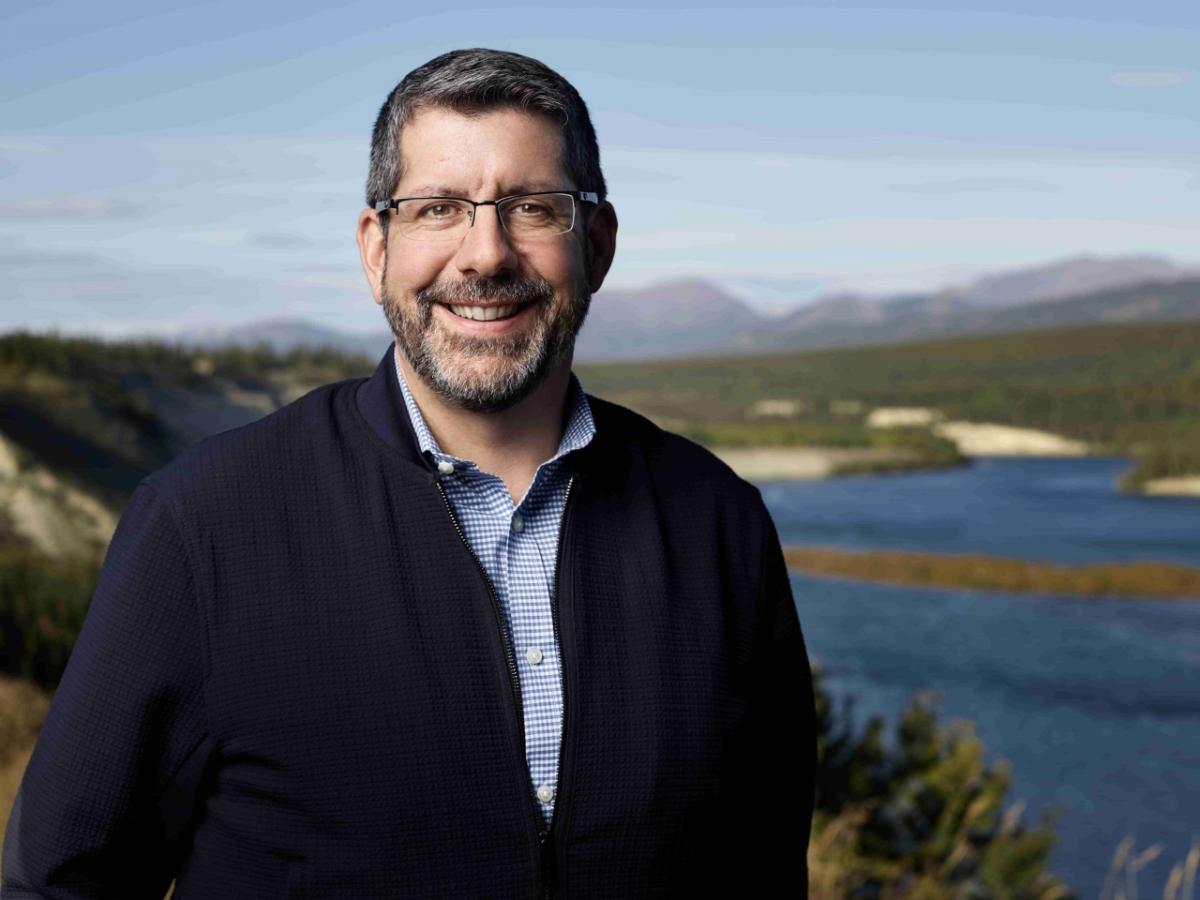Talking Mine Closure With Chris Cormier, Former Vice President, Reclamation and Closure

Mine closure and reclamation are key components in the life cycle of a mine. To us, how we leave our mine sites and how we start them are equally important. From the early planning stages to the final truckload, mine reclamation and closure are constantly on our radar, as the industry and how we mine responsibly change over time. Until recently, Chris Cormier was our VP of Reclamation and Closure, but this year he made the jump from mine closure, to opening a new mine at our Coffee Mine Project in the Yukon as the Mine General Manager. Chris is a 25-year veteran of the mining industry. Before his transition to Coffee, we asked him how 2017 helped shape Reclamation and Closure at Goldcorp.
Looking back on 2017, what were some of the key highlights and challenges from the perspective of mine closure and reclamation? What did you learn from these challenges?
The key highlight from 2017 for the Reclamation and Closure Team was safely transitioning our Marlin mine from operations to closure. Marlin has not only been a significant contributor to Goldcorp over its life, it has also played an important role for the community: It provided social and economic benefits and contributed to the regional socio-economic health of Guatemala. For this reason, it was extremely important to us to close the mine in a socially and environmentally responsible way.
Through this process we have learned that proactive and transparent communications and plans, as well as the implementation of a successful closure, are critical to ensuring community understanding and acceptance. They allow for the successful execution of our closure plan.
What are the key challenges that Goldcorp faces with regards to completely closing and signing-off on closed properties?
Mine closure is a complex topic as it involves uncertain time frames, changing economic, environmental and social aspects, multiple stakeholders and diverse relationships. We take our commitment to our vision, Together, Creating Sustainable Value seriously, and as such we do not take mine closure lightly. While we work to include closure plans as early as the design phase of our projects, or when we take operational control of a mine, there are still various factors that may present us with challenges.
Regulators are in a unique position. They are tasked with protecting the public interest, while at the same time supporting responsible resource development. Given this relationship, regulators understand the complexity of closed mine sites and their own obligation to the public, which requires them to perform ongoing due diligence, improve compliance limits and hold release requirements to the highest of standards.
This is in some ways parallel to our commitment to our stakeholders because it outlines our obligations to ensure that the risk at a closed site is reduced to acceptable levels and that any post-closure lands are cared for until they meet or exceed expected long-term performance objectives.
This complex set of relationships can result in longer monitoring timelines and ongoing dialogue to ensure that everyone understands the criteria required to attain a full release from a closed mine site – one that meets the needs of all involved. Transparency, communication and long-term commitments in relation to closed sites are critical to relinquishing any closed site and successfully leaving a positive legacy.
Recently there has been a lot of attention on the social aspect of mine closures. Does Goldcorp include social aspects when closing mine sites?
Yes, absolutely. The social aspects of closing a mine site are key considerations for us. To ensure a successful transition from operations to closure, a company must ensure closure planning with the creation of a robust closure plan is part of the early stages of any project planning. Companies also need to have a deep understanding of the local context and to have built strong relationships with the local communities to understand how to best manage not only the transition but also all the activities leading up to it.
One recent example we’re quite proud of is the closure of our Marlin mine. Our goal at Marlin was to create a sustainable legacy for communities and families that would last long after we are gone. Knowing that 97% of our workforce were Guatemalan residents, we wanted to support our employees in developing a set of transferable skills that would be relevant after the mine’s closure.
Looking back over the past three years, since the group’s inception, how would you describe the journey Goldcorp has been on from a mine closure and reclamation perspective?
Reflecting on the past three years, Goldcorp has a seen an increased focus on closure throughout the organization. This includes two active closures (El Sauzal and Marlin) and 33 sites that are under various levels of care and maintenance.
Reclamation, closure planning and concurrent reclamation while mines are in operation has become a much more prominent focus. Each site has a much better handle on reclamation and closure cost estimates based on a standardized model utilizing this to inform better reclamation and closure decisions going forward. Talking Mine Closure with Chris Cormier, Vice President, Reclamation and Closure1
To learn more about Chris’s perspective on mine reclamation and closure, visit our 2017 Sustainability Report to read his full Q&A.
